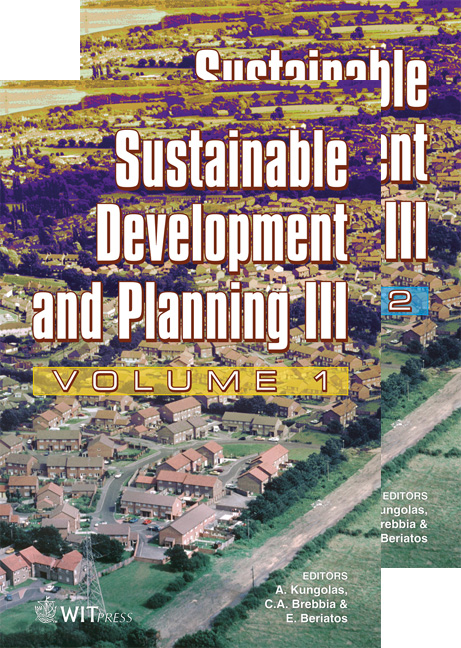Utilization Of New Internet And Broadband Technologies In Order To Enhance The Balanced Development And To Deal With The Problem Of \“digital Divide” Of Rural Communities
Price
Free (open access)
Transaction
Volume
102
Pages
10
Published
2007
Size
362 kb
Paper DOI
10.2495/SDP070231
Copyright
WIT Press
Author(s)
C. Christodoulopoulou, J. Garofalakis, A. Koskeris & S. Michalopoulos
Abstract
The Digital Divide problem can be described, in general, as the division of the world between those who have access to New Information and Communications Technology (ICT) applications and services and those who do not. This specific problem is particularly prevalent in rural and isolated territories in which the lack of ICT literacy and existing infrastructure leads to an increased digital divide. The presented work proposes an approach to support the solution of the problem of the digital divide within rural territories, using local \“learning hubs” as a lever to enhance the use of new ICT. A specific methodology which will formulate a flexible, locally customizable tool that provides help in identifying all those parameters and issues that need to be taken into account when such an initiative sets out is presented, and specific outcomes of its application on several regions are given. Keywords: digital divide, broadband, isolated areas, rural areas, learning hubs, ICT, regional development, information society, Internet access, telecenter. 1 Introduction The presented work examines the ways in order to foster digital culture among rural citizens by demonstrating initiatives to bridge the digital divide through advanced broadband telecommunications providing remote areas with access to the Info-Society. Existing local establishments can be turned into local learning hubs, which provide the local labour force and citizens of all ages with fast
Keywords
digital divide, broadband, isolated areas, rural areas, learning hubs, ICT, regional development, information society, Internet access, telecenter.





